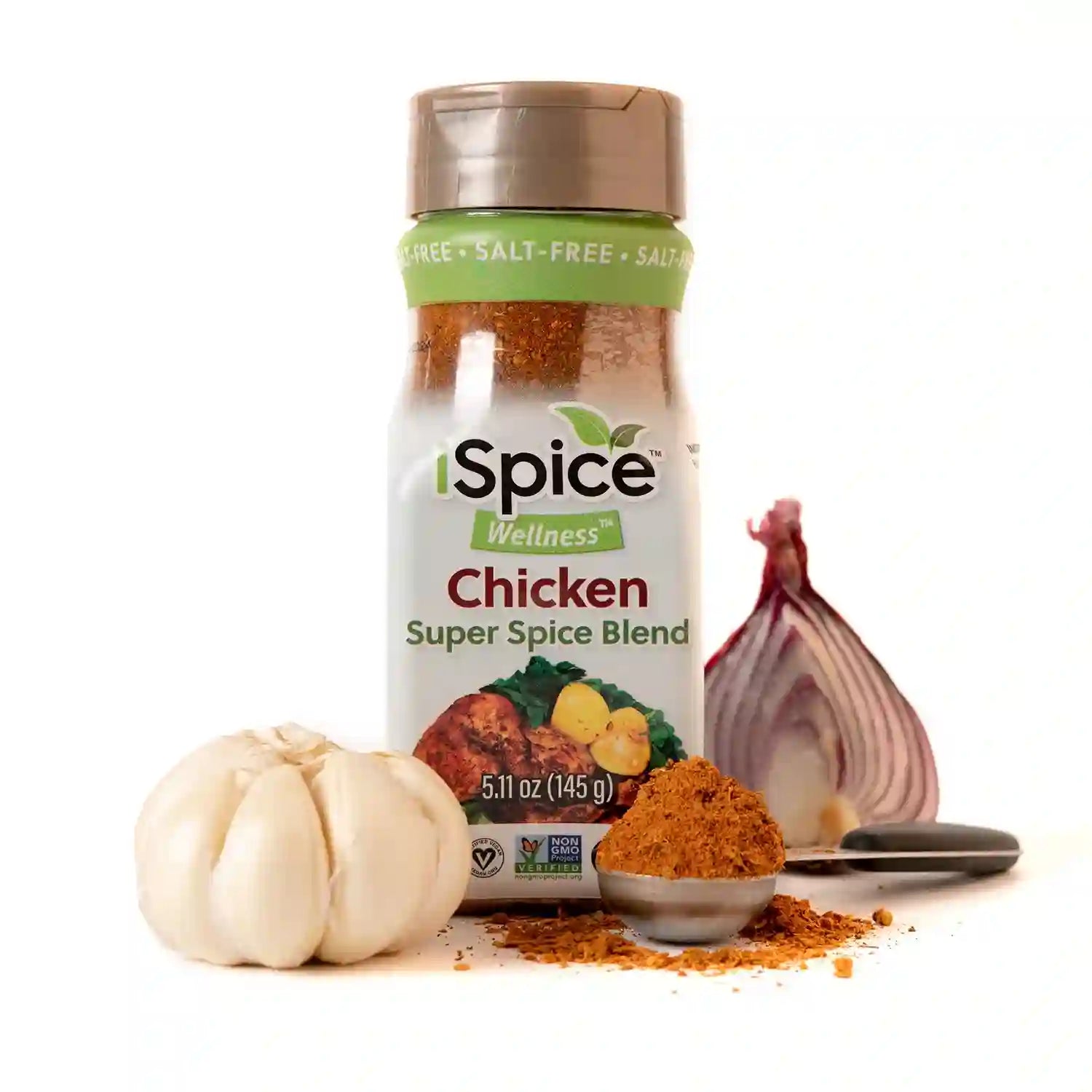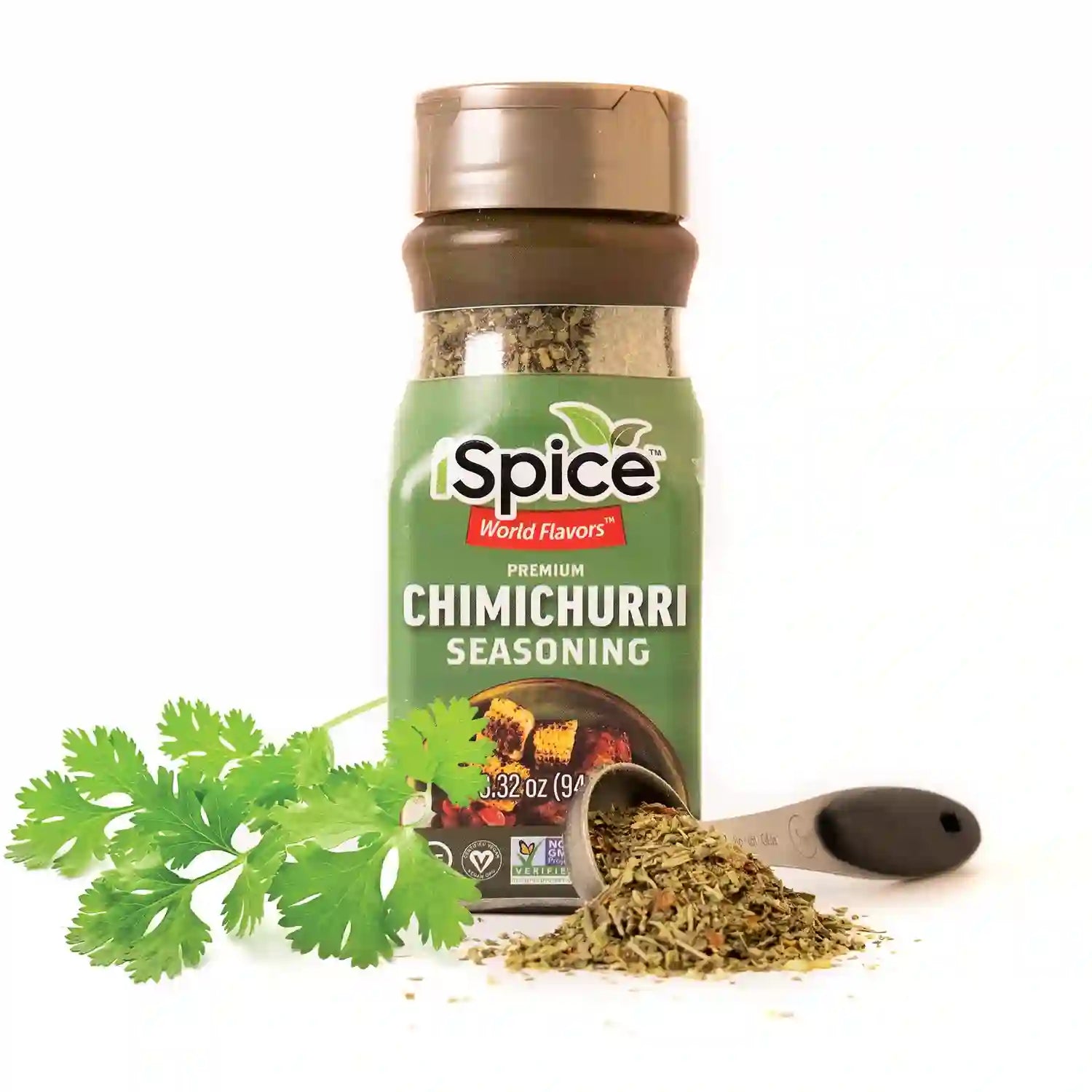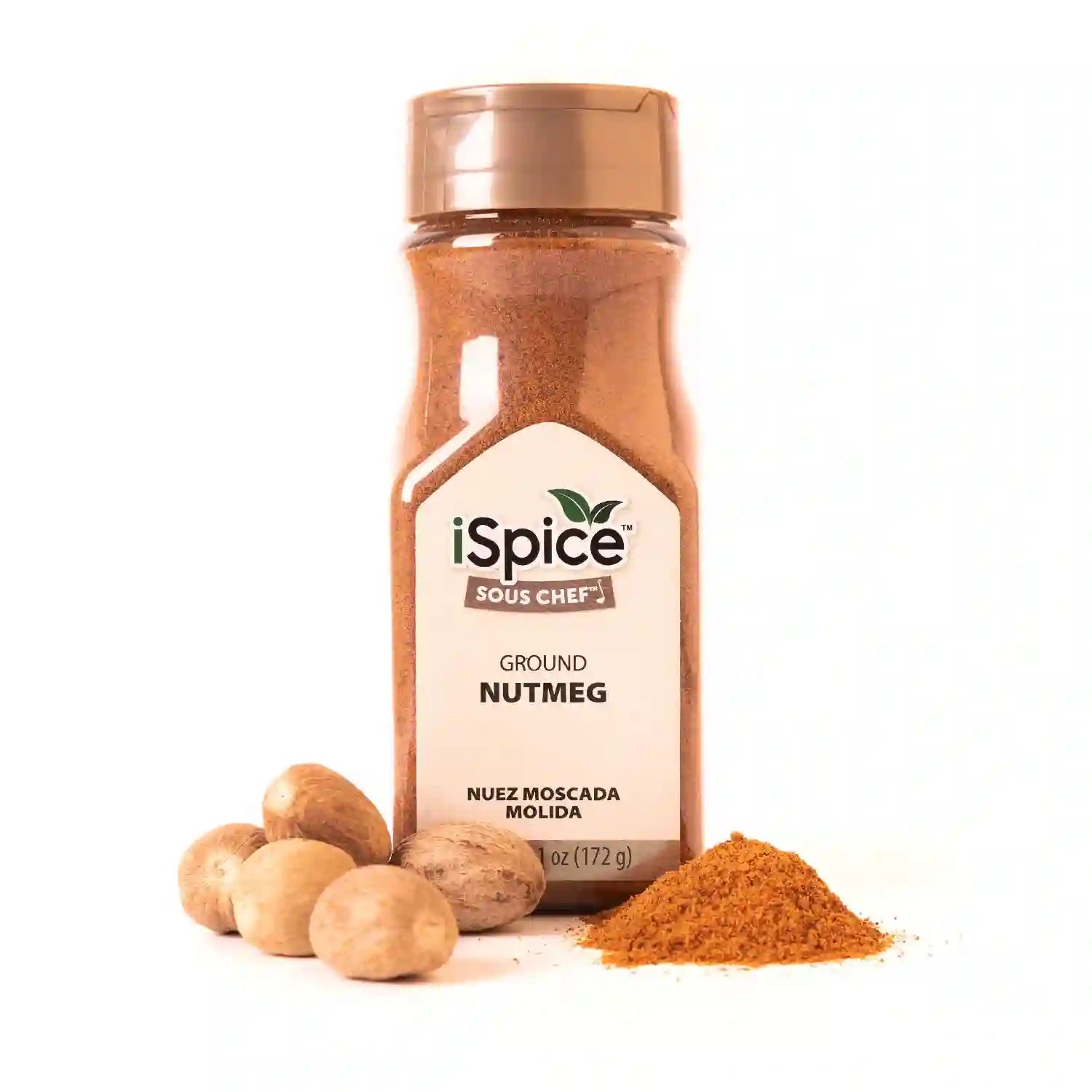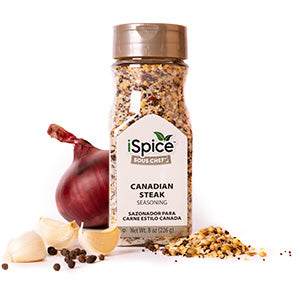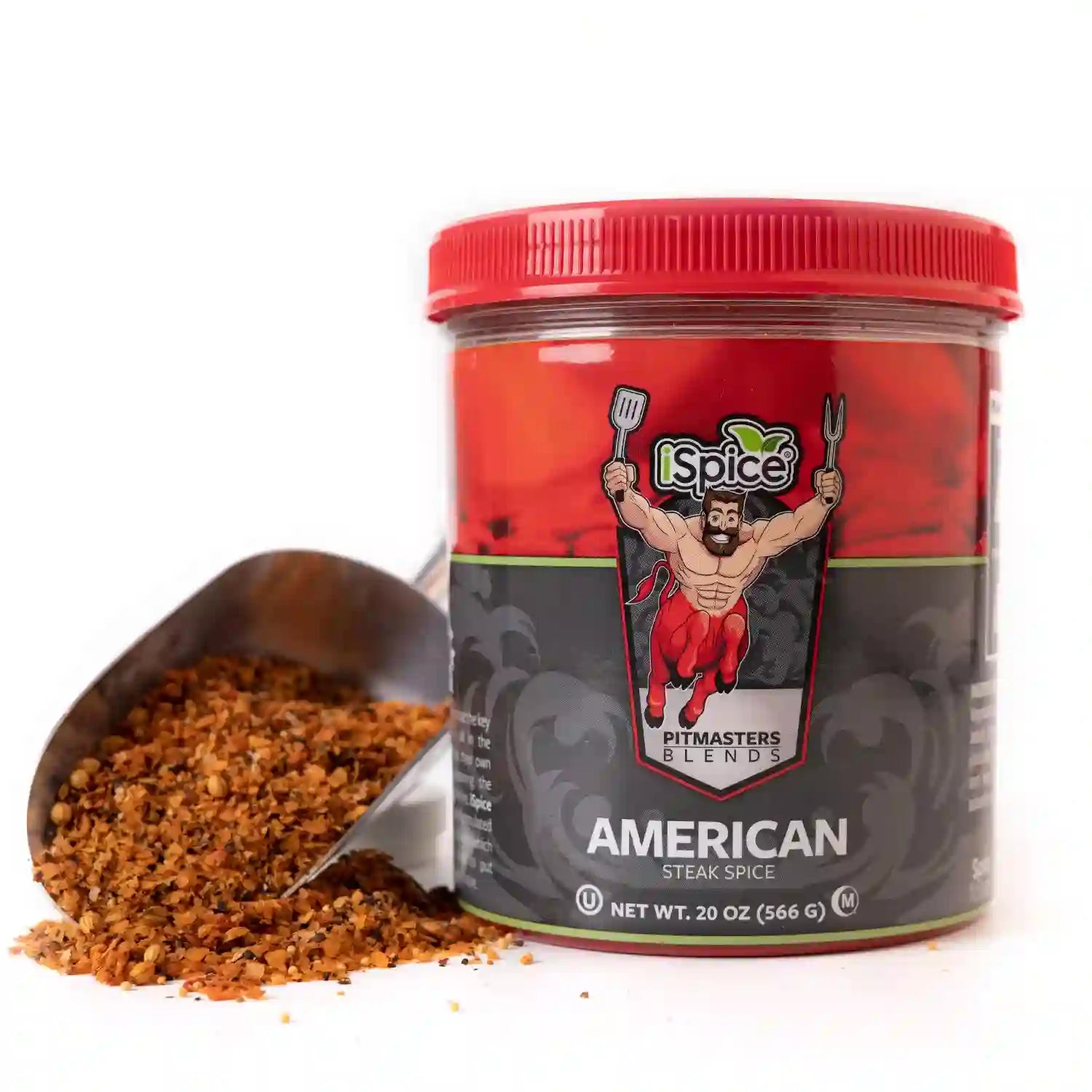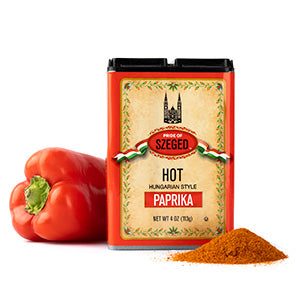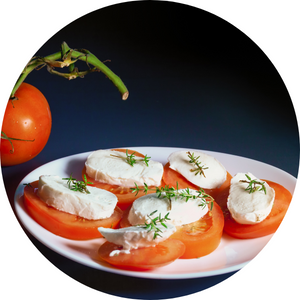
While basil, parsley, and cilantro often take center stage, the world of herbs goes far beyond the familiar. There are dozens of lesser-known herbs that offer incredible aroma, depth, and personality to your cooking. Exploring these hidden gems can transform your dishes — adding flavors that surprise and delight your taste buds.
From peppery lovage to tangy sorrel, these herbs bring fresh inspiration to soups, sauces, marinades, and side dishes.
Why Experiment with Lesser-Known Herbs
Introducing new herbs into your kitchen broadens your flavor profile and helps you create more balanced, complex meals. Each herb carries a distinct aroma and cultural history, offering both freshness and versatility.
Benefits of using uncommon herbs:
-
Adds originality to familiar recipes
-
Enhances both savory and light dishes
-
Introduces global and regional flavors
-
Pairs beautifully with common seasonings and spices
-
Expands your cooking creativity and menu variety
Unique Herbs Worth Exploring
| Herb | Flavor Profile | Best Used In |
|---|---|---|
| Lovage | Celery-like with a hint of anise | Soups, stews, stocks, roasted vegetables |
| Chervil | Mild, sweet, with a touch of anise | Omelets, salads, creamy sauces |
| Sorrel | Tart, lemony, and bright | Soups, pestos, fish dishes |
| Savory (Summer & Winter) | Peppery and herbal | Bean dishes, stuffing, grilled meats |
| Marjoram | Sweet and floral, similar to oregano | Dressings, poultry dishes, roasted potatoes |
| Burnet | Cucumber-like and fresh | Salads, dips, vinaigrettes |
| Woodruff | Sweet, hay-like aroma | Desserts, syrups, punches |
| Anise Hyssop | Sweet and licorice-like | Baked goods, teas, herbal syrups |
| Epazote | Earthy and pungent | Mexican bean and vegetable dishes |
| Culantro | Strong, citrusy flavor | Latin American and Caribbean sauces |
Each of these herbs brings a distinct dimension to your kitchen — from subtle brightness to bold, savory notes.
How to Use Lesser-Known Herbs in Everyday Cooking
1. Infuse Flavor into Soups and Stocks
Add lovage, savory, or marjoram early in cooking for depth and aroma.
2. Brighten Salads and Vegetables
Mix sorrel or burnet into greens for a refreshing, citrusy note.
3. Enhance Sauces and Dressings
Use chervil, marjoram, or burnet in creamy dressings and vinaigrettes.
4. Add Personality to Baked Goods and Desserts
Woodruff and anise hyssop complement vanilla, citrus, and honey flavors.
5. Pair with Global Cuisine
-
Epazote works beautifully in Mexican bean dishes.
-
Culantro adds depth to Caribbean and Latin American meals.
-
Marjoram and lovage bring classic European comfort to roasted dishes.
Tips for Cooking with Uncommon Herbs
-
Start small: These herbs are often stronger than familiar ones — taste as you go.
-
Use fresh whenever possible: The delicate flavors of chervil, sorrel, and burnet are best when fresh.
-
Pair thoughtfully: Combine mild herbs like chervil with stronger spices for balance.
-
Store properly: Wrap fresh herbs in damp paper towels and refrigerate; dry woody herbs for long-term storage.
-
Experiment with blends: Mix lesser-known herbs with staples like thyme or parsley to build complexity.
Sample Flavor Pairings
| Herb | Pairs Well With | Best Dish Type |
|---|---|---|
| Lovage | Carrot, potato, thyme | Soups and broths |
| Chervil | Eggs, lemon, parsley | Omelets and sauces |
| Sorrel | Spinach, fish, butter | Creamy soups and pestos |
| Savory | Garlic, rosemary, beans | Roasted meats and stews |
| Woodruff | Cream, honey, vanilla | Desserts and syrups |
Small additions of these herbs can redefine familiar dishes, offering a subtle but memorable twist.
Frequently Asked Questions About Lesser-Known Herbs
1. Where can I buy uncommon herbs like lovage or sorrel?
They’re often available at farmers’ markets, specialty grocers, or can be grown easily in your own herb garden.
2. Are lesser-known herbs used the same way as common ones?
Generally yes, but some (like epazote) are more intense — use smaller amounts and adjust by taste.
3. Can I dry these herbs for later use?
Yes, though delicate ones like sorrel and chervil lose flavor when dried; freezing preserves them better.
4. What’s a good beginner herb to try first?
Start with chervil or marjoram — both are mild, aromatic, and easy to use in most dishes.
5. Do these herbs pair with modern recipes?
Absolutely. They add complexity to everything from roasted vegetables to plant-based meals and desserts.
Final Thoughts
Cooking with lesser-known herbs introduces you to new layers of flavor beyond the familiar. Herbs like lovage, sorrel, and chervil can turn simple meals into gourmet creations with minimal effort. Whether you’re adding them to soups, salads, or sauces, these underappreciated ingredients offer endless ways to enhance your kitchen’s creativity and flavor.

